With a passion for computational design and research, Nikoletta Karastathi is an architect based in London and doing her Ph.D. and teaching at The Bartlett School of Architecture, UCL. She has various backgrounds, working in the industry as a practicing architect and in academia as a design tutor at Bristol, Cardiff, Newcastle, and Edinburgh.
Her interest in creative things started when she was a child. Currently, she is interested in architecture, textiles, and material computation. She has collaborations with many people from other disciplines. Her work motto is best summarized by Denys Lasdun’s words: “to give to the client on time and on cost, not what he wants but what he never dreamed he wanted, and when he gets it, he recognizes it as something he wanted all the time.”
She leaned more toward making, craftwork, and research as an architect. She believes that research and multidisciplinary cooperation can bring innovation.
Nikoletta Karastathi is looking for a wearable product that examines the relationship between humans and the microbiome through homemade knitted bio-textiles. Let’s take a look at her extraordinary works.
Bioactive-Pleksis
Bioactive-Pleksis is a speculative garment that explores our interdependencies with microbes and urges sustainable thinking. It examines the relationship between the human body and microbes through homemade knitted bio-textiles.
Humans and microbes have a remarkably complex relationship; microbes are essential for our bodies. The balance of this system is quite delicate; if a state becomes unstable, it can seriously harm us. According to Nikoletta, “I strongly believe that raising awareness regarding the complexity and interdependency of the systems can be the first step to a more healthy and sustainable future. This knowledge can also help re-establish equilibrium between ourselves and microbes.”
In Bioactive-Pleksis, the textile is used to examine the connection between our body and microbes in trying to provoke and discover an unexplored balance. According to Nikoletta, three key themes are examined throughout the piece: introducing the making of bio-yarn invested with bioactive marine algae, researching the care and performability of the fabric, and exploring the connection of the textile with time.
Knitted Anamnesis
Knitted Anamnesis was a memoir of loss and rebirth. Nikoletta did this project for the big forest fires in the Mediterranean region in 2021. Million square meters of the area were affected by the fires of 2021 in Greece.
Many living species are adversely affected by fires caused by climate change. Humans are at the forefront of these negativities. This ecological destruction is affecting local diversity, people, and the future.
Ashes were collected from fire areas to produce the project. Knitted Anamnesis was knitted from the collected ashes. The yarns are knitted to make a textile that would act as a second skin of the chosen burnt trees. Nikoletta states, “The textiles are completed and placed on the trees from where the ashes were collected. At that point, the ash- textile becomes the burned tree’s extra skin. For the skin to become one with the tree, creating a symbiotic relationship for a few days. Once the skin dries out on the trees, it becomes a mold of the existing tree.” she added, “The knitted skins, once removed from the trees, act as a fragmented memory of the forest. The knitted molds are an indication of the loss. A memory constructed out of the ashes of the burned trees.”
Nikoletta Karastathi will lecture at Computational Design: NEXT 12 on December 10-11, 2022. Register for the program to learn more about Nikoletta Karastathi’s works, and more!




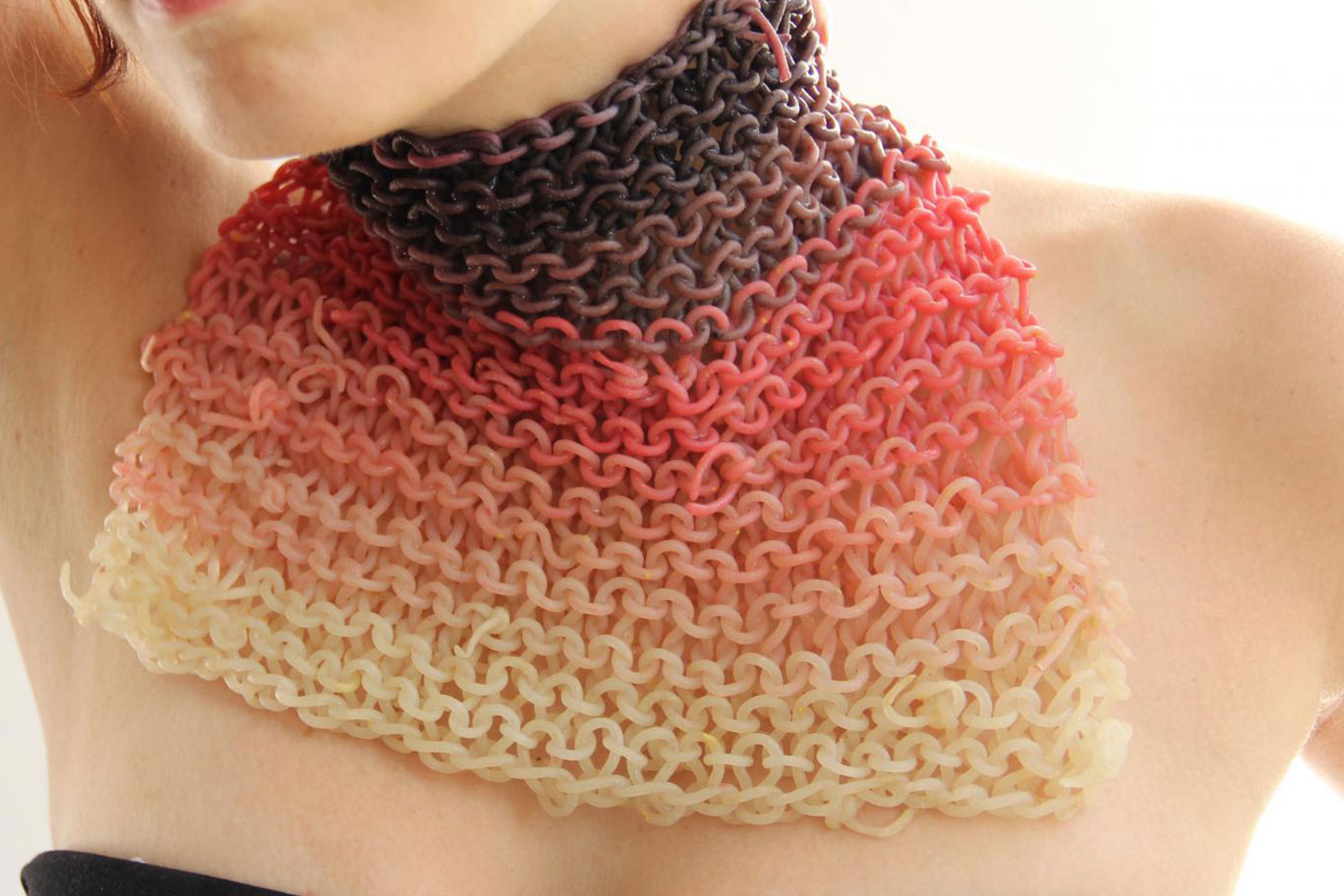
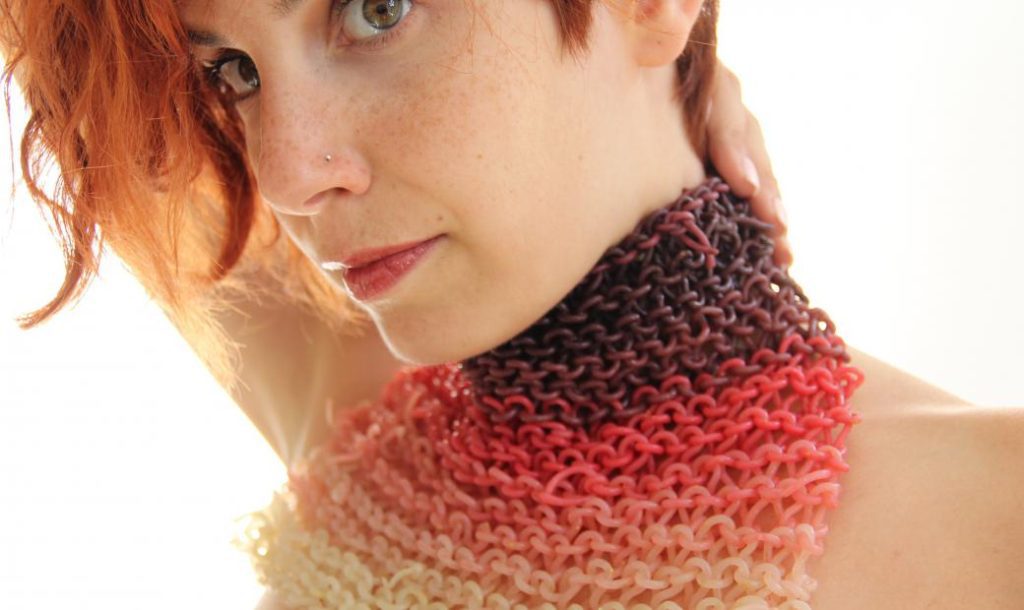
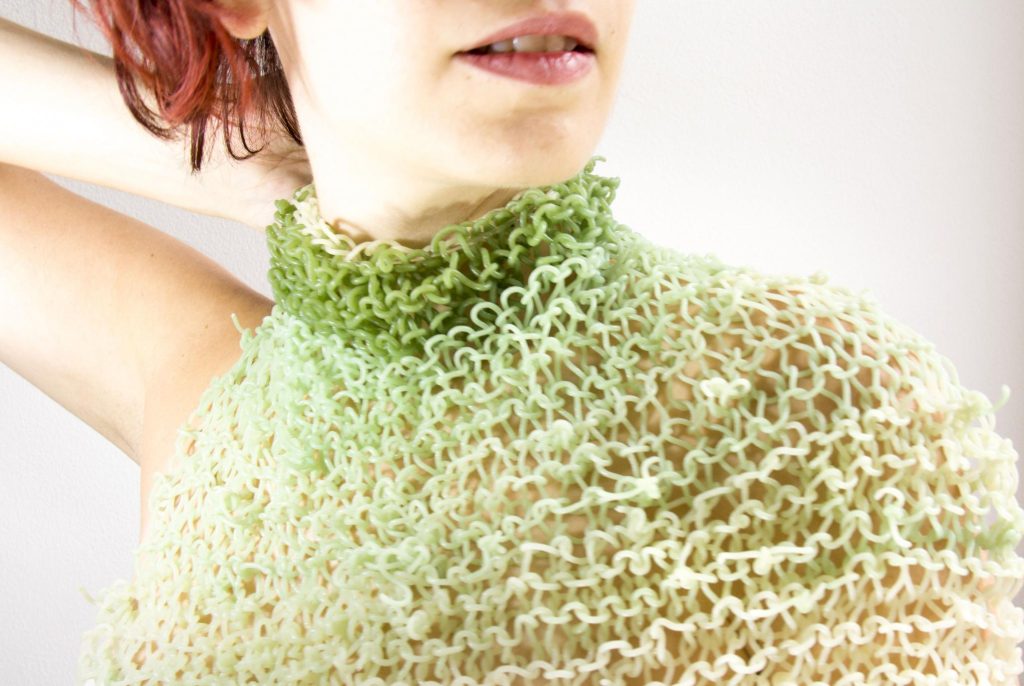

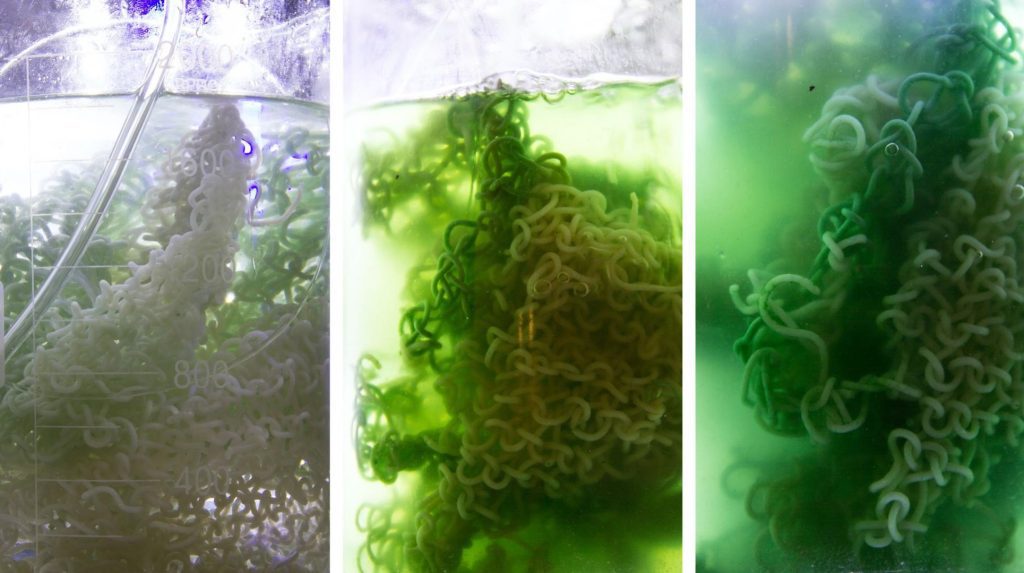
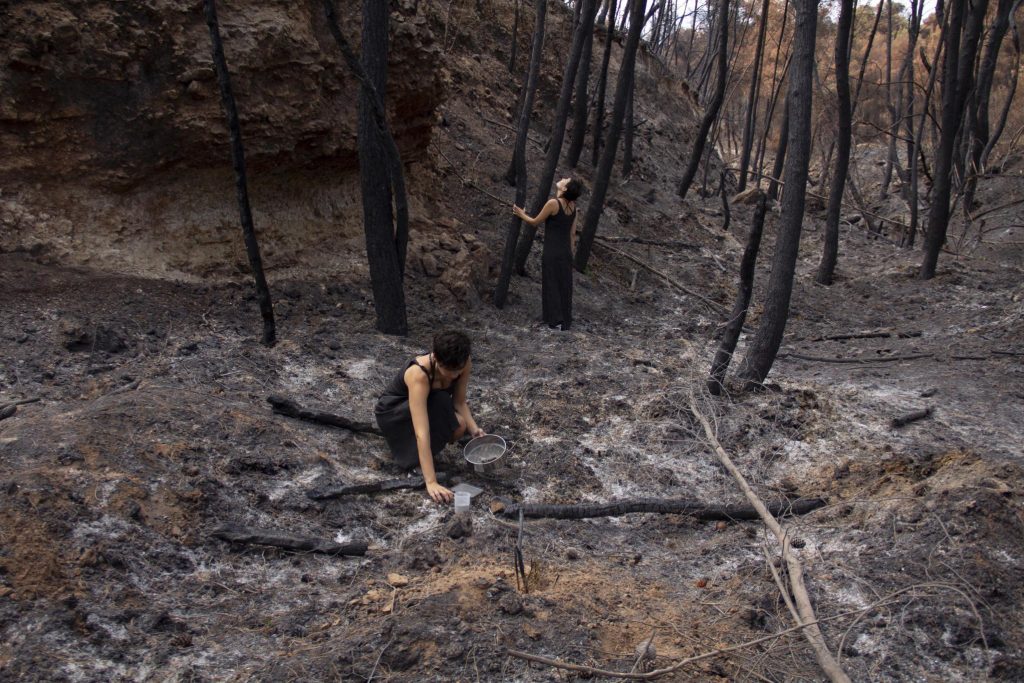
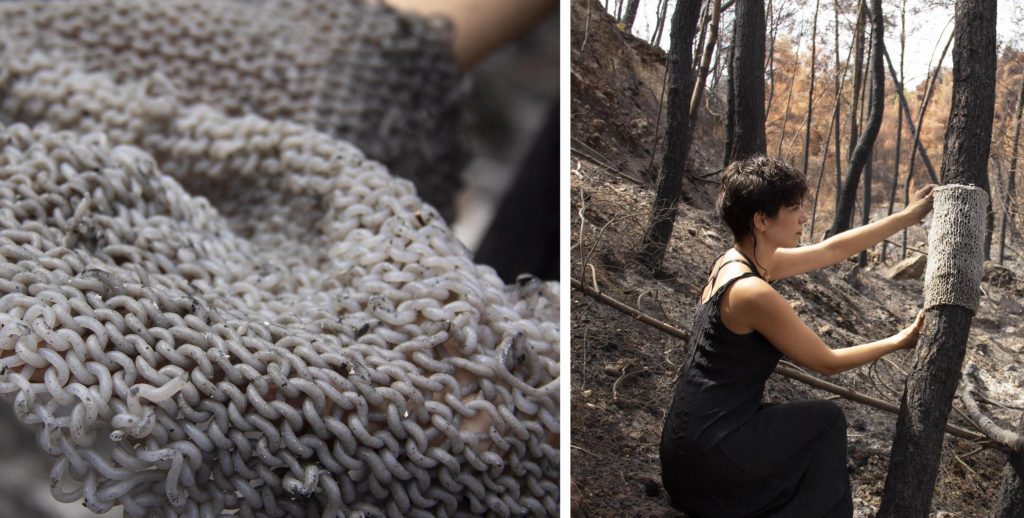







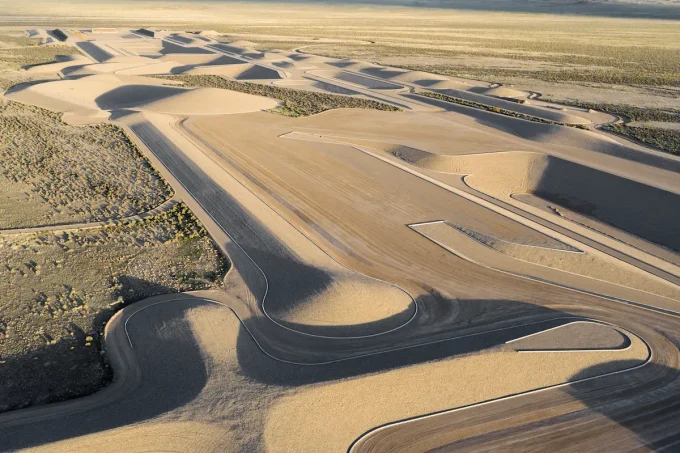





Leave a comment